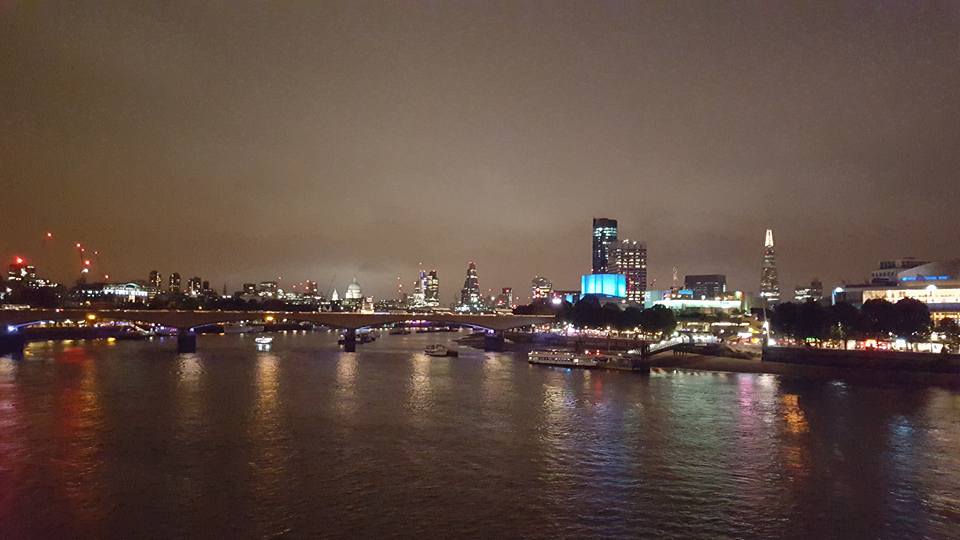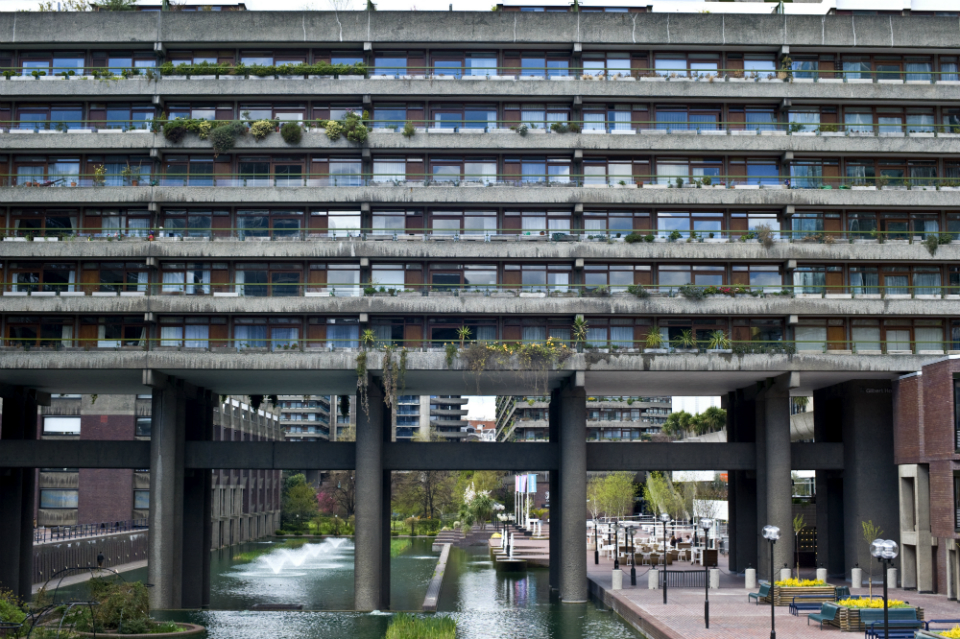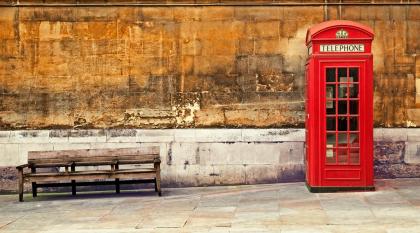How much of London can you see in a day?
For those new to the city, wanting to show friends around the famous capital of the United Kingdom, or just pack as much into a single day as humanly possible, I can answer that question, thanks to my friends that came to visit me from Italy.
First things first: wear comfortable shoes. And I mean it, because you will be walking a lot. Like 27,000 steps a lot.
Step 1: Where to start
Depending on where you live… actually, it doesn’t matter. Wherever you're coming from, just take the Underground or whatever your favourite mode of transport is, and go to Westminster. Every trip in London should start from there because you always have to begin with the famous icon. Take a lap around the area with Big Ben, the Houses of Parliament, and Westminster Abbey. After you do that, you can cross the river and take the usual picture and/or selfie on the bridge, and then you’re in the London Eye area. This is a very nice place, although at the weekend be warned it will be very crowded.

Step 2: Time to walk
Next, you can walk down through South Bank (which is better during the evening, but you can’t have everything, right?) and re-cross the river to explore Covent Garden. By this time it will be lunchtime, so let’s have a break. You’re already tired because you've been walking for a while, but "no pain no gain" applies to many things and visiting a city is one of them.
After a not-even-close-to-light lunch (the English aren’t exactly known for their healthy cuisine) you are ready to restart your walk through London. It’s time to take a quick trip on the Underground, but the Covent Garden station entrance is closed, so you’ll have to walk until Holborn, take the Central Line and go down at St. Paul. Time to see a bit more of the city! You know, modern buildings and people in suits. But, after a while, you feel like you can’t breathe with all those skyscrapers around, so you head back to the river, at the London Bridge.

Step 3: A lot of bridges
It’s time to cross the river, again, on the London Bridge, which is a bridge like any other. There’s a big boat in the river and you wonder how such a big boat got there. The answer, of course, is magic – remember, this is the country of Harry Potter. It’s time for another break, in front of the City Hall; an orange juice will give you energy (a cocktail or pint, the opposite).
Now you are close to the Tower Bridge. Time for a picture? No, not yet. It’s better on the other side, trust me. Cross the bridge, reaching more than 20,000 steps for the day in the process (I know, it’s a lot). Selfie time, and there you are at the Tower of London. Admission is £25 and really you feel like you shouldn’t have to pay more than £15 (welcome to London!), but anyway let’s say that your friends want to go inside and it is the famous Tower of London, after all. You go.
Step 4: Best place ever, Barbican
It’s almost evening: you think the day must be over after all this walking, but, nope, there's still more to see. You walk up until Liverpool Street and you reach Barbican, personally one of my favourite places in London. The area is characterised by the residential estate that consists of three tower blocks and 13 terrace blocks grouped around a lake and green squares. The main buildings rise up to seven floors above a podium level, which links all the facilities in the Barbican, providing a pedestrian route above street level. Although it's maybe not the single most well-known sight of London, I don’t think that the beauty of this place can be expressed with words, especially when the sun goes down!

Step 5: Like Time Square but smaller?
Dinner time! You haven’t seen Piccadilly yet, but it’s definitely better at night; they call it the Times Square of London for a reason. Also there are a number of good places around there, so finally you’re done walking for the night as you find a nice pub, have a bite to eat, and watch all the British nightlife-seekers and gawking tourists. It’s then you discover that, in total, you've walked for 27,000, or 13.5 km.
Trust me when I say that it’s worth it.
So if you come and Study English in London at our English school in Leicester Square or Covent Garden, maybe you'll find your own whirlwind day tour of the city!

